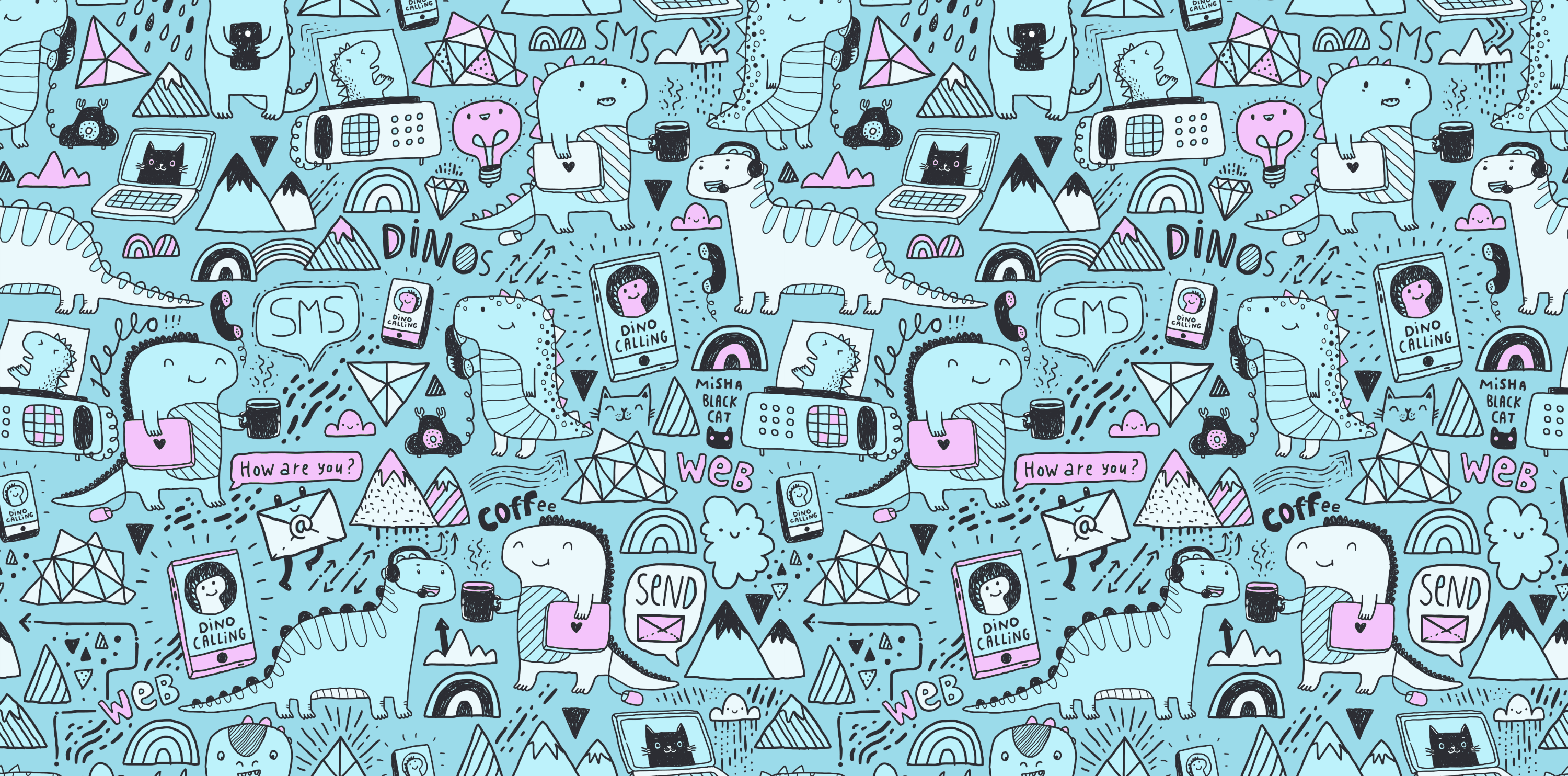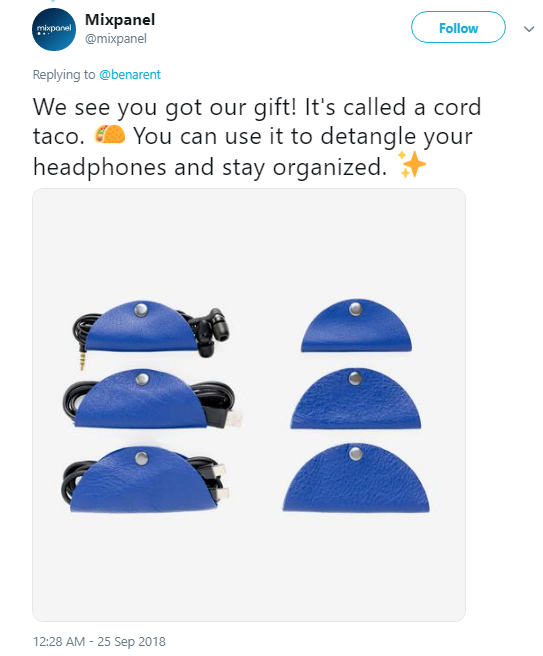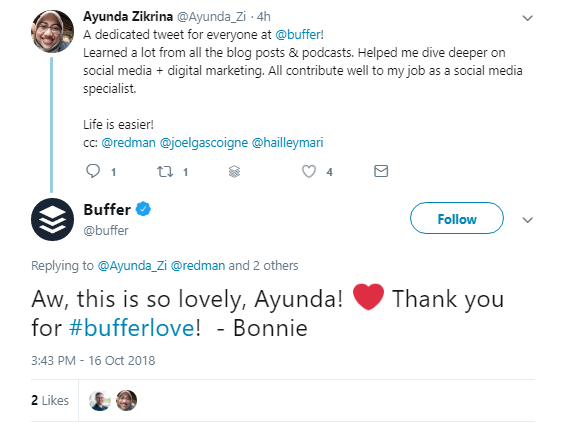10+ customer care tips from the top 3 SaaS companies

Tech startups (and even huge successful tech companies) aren’t known for their outstanding customer service.
For example, to write this post, I went ahead and asked my colleagues about their positive experience with tech customer care. You wouldn’t believe the number of cynical smiles and uncertain head shaking! Most started straight away with terrible stories.
So I took three well-knowns startups that regularly impress their buyers with great customer care and have customer care ideas worth spreading, and decided to share their knowledge with you. Because, let's face it, we all have to learn and it's better to learn from the best.
Zapier

It’s hard to find a list of great customer-oriented apps that doesn’t include Zapier. In case you’ve been living under the rock, Zapier is a tool that helps you automate your workflow. It connects apps and does routine tasks for the customer. Their motto is: "Answer questions, solve problems, and make people happy". It would be impossible to come up with a better description of how Zapier’s customer service works.
They understand perfectly that sooner or later, people are guaranteed to have problems with the product. It’s impossible to come up with a product that is completely seamless. Besides, often people need to be taught how to use the product and get the most out of it. If you’re a brand that serves more than five customers in total, you will get some negative response. And then your goal is to fix and help and make people happy; not ignore the negativity online like many companies do.
Zapier gives the following advice regarding customer service:
1. Saying yes, where saying "yes" means acknowledging what the other person is trying to communicate.
You can’t possibly solve every pain the customer faces and promise every feature they request. However, it’s possible to show that you understand their pain and frustration, and you agree that these are real issues. This is a major communication skill: to not disregard the complaint, not get defensive, and ignore the urge to show the customer why they are wrong.
2. Saying yes, and...
Saying "yes" and adding something else is about getting users closer to solutions. This means answering the question and going one step further. This keeps the conversation going. Telling the customer about the next steps or warning them about problems they might have to face later will save your customer from having to ask more questions. Also, linking to an existing relevant article is often a great idea.
3. Avoiding phrases that make you sound uncertain.
These could be words such as:
- Probably
- Should
- Could
- Potentially
- Possibly
You’re an expert in the eyes of your customer. All these words crowd your communication.
4. Admitting if you’ve made a mistake.
Customers are used to hearing excuses rather than apologies. If something went wrong - apologize.
5. Not redirecting the question.
Often enough, customer support isn’t about knowing the answer: it’s about finding out the answer for your customer. If that’s the case, promise the customer to get back to them when you’ll be ready instead of redirecting them to another team or asking them to call an XXX number.
Mixpanel

Mixpanel is a business analytics service company. It’s used to measure user engagement and retention and to make customer support better and easier. Partly due to their business, partly because they seem to be a cool group of people, Mixpanel provides outstanding customer support and does their best to solve problems that other companies would ignore. Here’re just some examples of their reviews from G2 Crowd:
“Their customer service has been what I'm most impressed with. If the representative doesn't know the answer they will put in the work to make sure that you get the answer you're looking for, or submit a request to improve their product for you.”
“Moreover the customer service is very efficient, they always answered rapidly to any of my doubts and the helped me to overcome every issue with their platform.”
“The support they give to their customers is superb, very personalized and quick solutions/explanations.”
We’ve had our personal share of Mixpanel’s customer service at LinkAssistant, so we can personally confirm that the crowd isn’t lying: these guys are good. What’s their key to customer success?
1. Turning support into another sales.
While interviewing customers, Mixpanel discovered that counterintuitively, those who wrote more to support were less likely to churn than those who wrote in one or none at all. Since then, says their support team manager, they changed their customer service perspective. It’s not a place where they ‘deal’ with customer problems. It’s more about helping them get the most out of the service.
2. Integrating systems
Mixpanel uses both Zendesk and Jira to integrate customer support and engineering. When customers reach out about features not working as expected, this gets documented through both the Zendesk case and a Jira ticket to investigate the root cause. Aggregating this data helps all teams to understand the real impact of the issue.
3. Asking more questions.
Support managers at Mixpanel say that it’s important to dig deeper to find out the real question behind the customer’s question. That is why it is important to not just assume that you know what the customer is asking, but to keep asking until you’re completely sure. Otherwise, you might explain the wrong thing, and it will break the trust of the customer. Or, you might overexplain or underexplain. In the first case, it might feel condescending, in the second it will leave the customer wondering.
Buffer

Buffer is another SaaS that’s well known for their customer care, friendly marketers and bloggers, and engaging social media platforms. Buffer App is a simple scheduling tool which, however, doesn’t mean they face unsatisfied customers on a less regular basis. In fact, they made their customer service the key people of the company. That’s why there isn’t a single social media marketing manager that hasn’t heard of “customer heroes” from Buffer. Here’re some of the things that make their customer care so good:
1. Paying A LOT of attention to the tone
Buffer realizes that a lot in customer support is not what you say, it’s how you say it. So they’ve got proper tone guidelines. It includes best practices for communicating through social media and email. It’s important because it’s truly hard sometimes to convey the tone through written communication. To be fair, all of us could use a tone guide sometimes.
2. Prioritizing response speed
Buffer knows that it’s vital for customers to get a response as soon as possible. They use a range of tools to measure the response time and work to make it quicker.
3. Getting everyone involved
Buffer believes that every team member should understand the customer, so once in a while everyone at Buffer replies to emails and social media mentions. Not only do they get to talk about the pains of the customers, they also see what difference they make, as more often than you’d expect users actually write how happy they are with the product. And it’s beneficial and important to hear the compliments first-hand as well.
Conclusion
Hope these ideas, strategies, and approaches will help you get your customer care on a completely new level. I know that we at Awario will work hard to someday appear in a similar how-to list.













